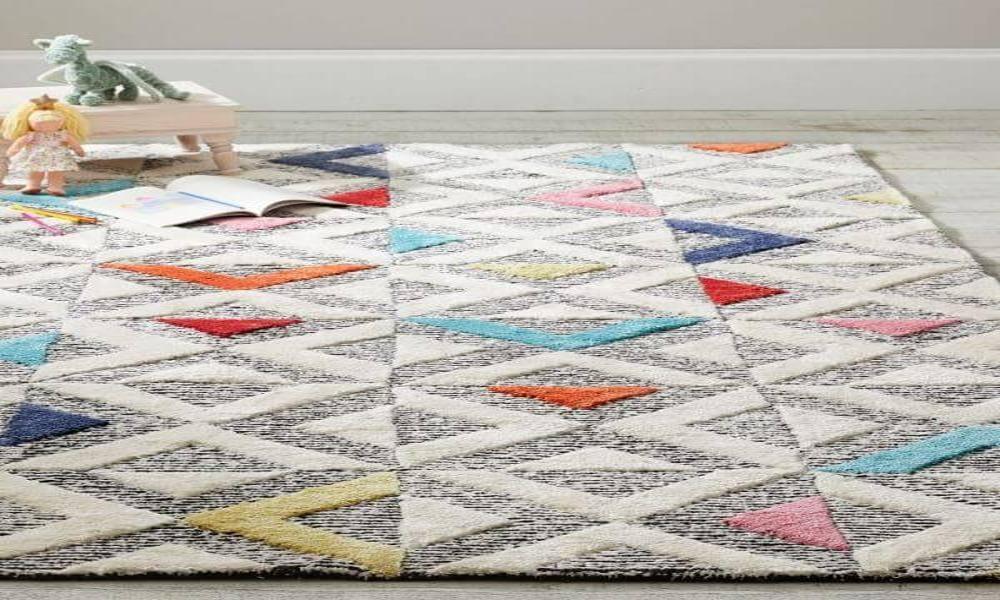Handmade rugs are often more expensive than machine-made rugs for a few reasons:
Time-consuming and High-quality materials:
Handmade rugs are made using traditional methods that are time-consuming and require skilled craftsmanship. Depending on the size and complexity of the design, it can take many months or even years to complete a single rug. Handmade rugs are often made from high-quality materials such as wool, silk, or cotton. These materials are typically more expensive than the synthetic fibers used in machine-made rugs.
Artistic value and Limited production:
Handmade rugs are often considered works of art and can have significant artistic value. They may be designed by skilled artists and weavers and can incorporate intricate patterns and designs that are unique to the region where they were made. Handmade rugs are often made in small quantities, which can drive up their price. Additionally, many handmade rugs are made in regions where the cost of living is high, and labor costs can be significant.
Overall, the combination of time-consuming production methods, high-quality materials, artistic value, and limited production all contribute to the higher cost of handmade rugs. However, many people believe that the investment is worth it for the quality and beauty of these unique works of art.
How long do handmade rugs last?
The lifespan of a handmade rug can vary depending on several factors, including the quality of the materials used, the construction method, the amount of foot traffic the rug receives, and the care taken to maintain it. Generally speaking, a well-made handmade rug can last for several decades or even a century if it is properly cared for. Handmade rugs are often made with high-quality materials such as wool, silk, or cotton, which can withstand wear and tear over time. Additionally, the hand-knotting or weaving process used to make handmade rugs creates a durable and resilient construction that can withstand heavy foot traffic.
To extend the lifespan of a handmade rug, it’s important to take care of it properly. This includes regular cleaning to remove dirt and dust, rotating the rug periodically to even out wear, and avoiding exposure to direct sunlight or moisture. It’s also a good idea to have the rug professionally cleaned every few years to remove embedded dirt and restore the rug’s color and texture. Overall, a well-made handmade rug can be a long-lasting investment that can be enjoyed for many years with proper care and maintenance.
How can you tell ii is handmade rug?
There are a few ways to determine if a rug is handmade:
Look at the back of the rug: If the rug is handmade, you should be able to see the pattern on the back of the rug as well as the front. Machine-made rugs usually have a uniform backing with no pattern.
Check the edges: Handmade rugs typically have irregular edges due to the hand-knotting or weaving process. Machine-made rugs often have perfect, uniform edges.
Look at the fringe: Handmade rugs usually have a fringe that is an extension of the rug’s foundation, whereas machine-made rugs may have a fringe that is sewn or glued on.
Examine the knots: If the rug is handmade, you should be able to see the knots on the back of the rug. The knots will be uneven in size and shape, and there may be slight variations in color due to the use of natural dyes. In a machine-made rug, the knots will be perfectly uniform. Handmade rugs are typically more expensive than machine-made rugs, so a very low price may indicate that the rug is machine-made.

